These 17 Women Changed The Face Of Physics
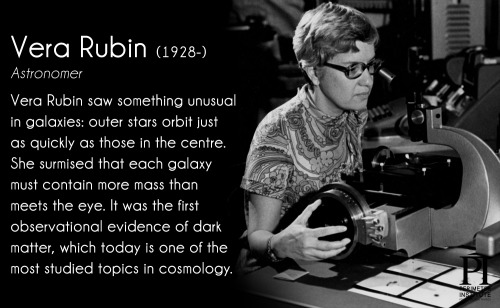




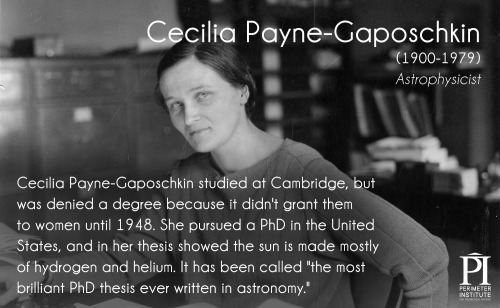
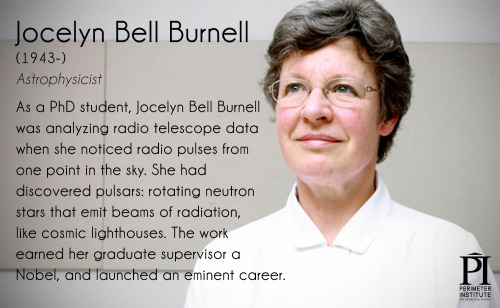

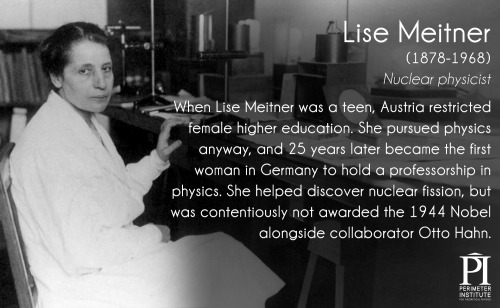

These 17 Women Changed The Face Of Physics
Click through to read the rest.
More Posts from T-sci-eng and Others

This month on FYP!
It has been a blissful month in physics with the nobel prize for the work on gravitational waves and LIGO swiftly striking back with the detection of a neutron star merger.
At FYP! we have started to dwell a little bit into the essence of condensed matter physics while exploring some really cool science and engineering along the way.
Here’s what went down on FYP! this month:

Nobel prize in physics article on Gravitational waves
Gravitational waves, Light and Merging neutron stars

Paramagnets and Combinatorics
Diamagnetic levitation - Ig Nobel prize(2000)
Levitating frogs and superconductivity

Revisiting rolling shutter
Cooking with a computer (the importance of a heat sink on a computer)
Cartoon laws of physics
Beautiful proofs (#3) - Euler’s sum
Have a great day!
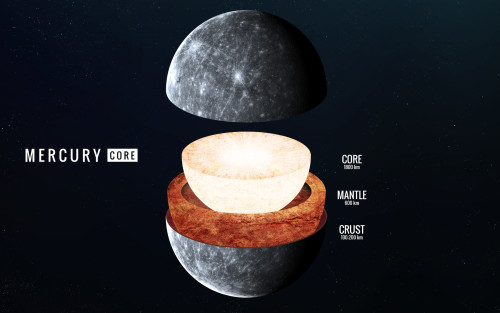
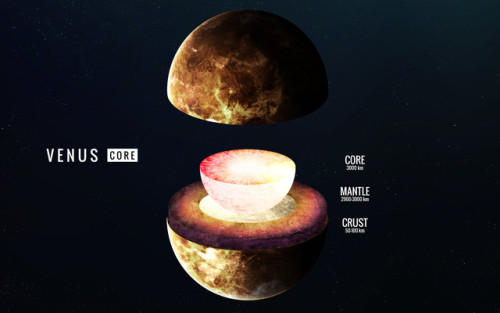

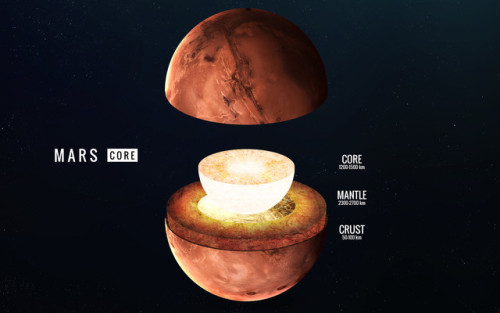
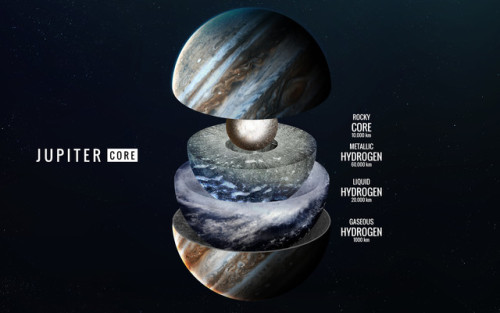
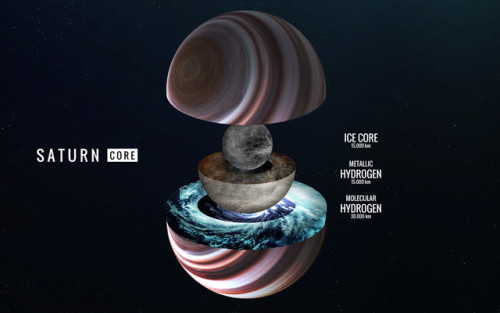
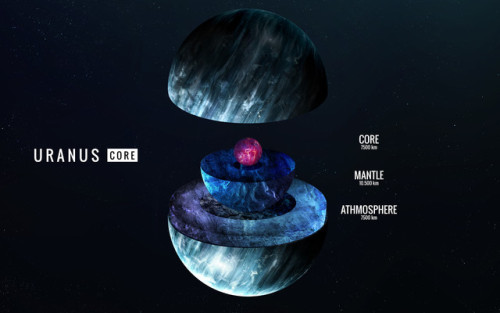
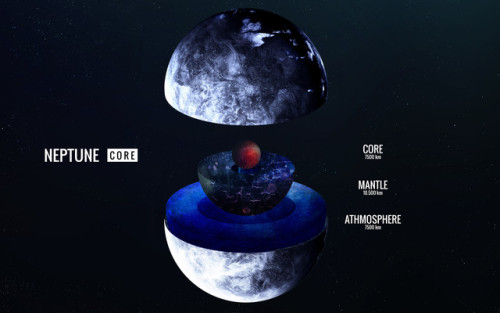
Inside - Vadim Sadovski

Fight waves with more waves!
A tsunami’s immense wall of water may not be stoppable. But there may be a way to take the ferocious force of nature down a few notches, using a pair of counterwaves.
If released at the right moment, a type of sound wave known as an acoustic-gravity wave could subdue a tsunami, applied mathematician Usama Kadri of Cardiff University in Wales reports January 23 in Heliyon. These acoustic-gravity waves, which reach deep below the ocean’s surface, can stretch tens or hundreds of kilometers and easily travel long distances at high speeds.




The great esGape
Unlike most elemental metals, gallium will melt in the palm of your hand, or at temperatures above about 30 °C. And that’s not the only unusual thing about this element: It also expands when it freezes. In this video series, warm liquid gallium is poured into a glass vial (top), followed by a little clean-up. As the gallium cools back down to room temperature, it starts to bubble up as its volume expands (third video down). Overall, it expands 3%, shattering the vial (bottom). Water is a substance commonly used to demonstrate this sort of expansion, growing about 8% in volume when frozen, but other elements exhibit this behavior as well, including silicon and plutonium. The final two clips have been accelerated 200 times and 10 times, respectively.
Credit: Periodictable.ru (watch the whole video here; GIFs created by rudescience)
More ChemPics and C&EN stories:
Liquid metals take shape
A melting liquid
Rolling out liquid-metal motors
More Than You Ever Wanted to Know About Mechanical Engineering, Part 33: Stress Concentrations With Fluctuating Stresses
There’s one last complication to consider with fluctuating stresses. When we looked at the case of fully reversed stresses (that is, σ_m = 0, σ_a ≠ 0) we found a fatigue stress concentration factor based on the stress concentration factor for a static situation.
With a fluctuating stress, the situation is a little different. Since the mean stress is non-zero, the part is always under some kind of load. We can consider the effects of this constant mean stress separately from the effects of the momentary alternating stress and assign them a separate fatigue stress concentration factor, which we’ll call K_fm.
Let’s think about what’s actually physically happening to a part being subjected to a fluctuating stress. Let’s say we’re dealing with a plate with a slot in it subjected to fluctuating tension.

There’s obviously a large stress concentration at the slot that we’ll have to take into account.
There’s three different scenarios which can occur here. The first is that the maximum stress the plate sees (the largest value of combined mean and alternating stress, taking stress concentrations into account) never approaches the yield strength of the material. The plate just stretches and contracts elastically. This isn’t really any different from our previous situation with fatigue stress concentration factors - we can use the K_f factor we got earlier here.

But suppose the yield strength is exceeded. What happens then? If the maximum stress is greater than the yield strength, then the plate must deform plastically at that point of maximum stress - the slot must widen. If the slot is wider, then the stress concentration is relieved - there’s more room for movement before the geometry stops you. If other words, the fatigue stress concentration factor is lessened.
If it’s just your maximum stress that exceeds the yield strength but your minimum stress is still below it, this localized yielding will be one-sided - you’ll get a slot that’s widened on one side, but you’ll still have some overall mean stress. If this is the case, you base your stress concentration factor on the relationship of the mean and alternating stresses to the yield strength.

If both your minimum and maximum stresses exceed the yield strength of the material, you get a situation where you’ve widened the slot as far as you can without actually breaking the part on both sides and you’re experiencing a stress of magnitude equal to the yield strength at either extreme of the fluctuation. Since you now have a fluctuation with equal and opposite extremes, your mean stress is zero - the mean fatigue stress concentration factor is zero. The scenario is now one of fully reversed loading and the mean stress drops right out of it.

What Are Earthquake Hazards?
Ground Shaking
The first main earthquake hazard is the effect of ground shaking. Buildings can be damaged by the shaking itself or by the ground beneath them settling to a different level than it was before the earthquake (subsidence).


Liquefaction
Buildings can even sink into the ground if soil liquefaction occurs. Liquefaction is the mixing of sand or soil and groundwater during the shaking of a moderate or strong earthquake. When the water and soil are mixed, the ground becomes very soft and acts similar to quicksand. If liquefaction occurs under a building, it may start to lean, tip over, or sink several feet. The ground firms up again after the earthquake has past and the water has settled back down to its usual place deeper in the ground. Liquefaction is a hazard in areas that have groundwater near the surface and sandy soil.

Ground Displacement
The second main earthquake hazard is ground displacement along a fault. If a structure (a building, road, etc.) is built across a fault, the ground displacement during an earthquake could seriously damage or rip apart that structure.


Flooding
The third main hazard is flooding. An earthquake can rupture (break) dams or levees along a river. The water from the river or the reservoir would then flood the area, damaging buildings and maybe sweeping away or drowning people. Tsunamis and seiches can also cause a great deal of damage. Atsunami is what most people call a tidal wave, but it has nothing to do with the tides on the ocean. It is a huge wave caused by an earthquake under the ocean. Tsunamis can be tens of feet high when they hit the shore and can do enormous damage to the coastline. Seiches are like small tsunamis. They occur on lakes that are shaken by the earthquake and are usually only a few feet high, but they can still flood or knock down houses, and tip over trees.
Fire
The fourth main earthquake hazard is fire. These fires can be started by broken gas lines and power lines, or tipped over wood or coal stoves. They can be a serious problem, especially if the water lines that feed the fire hydrants are broken, too. For example, after the Great San Francisco Earthquake in 1906, the city burned for three days. Most of the city was destroyed and 250,000 people were left homeless. (Source)
Puritans, Goths, avant-garde artists, hell-raising poets and fashion icon Coco Chanel all saw something special in it. Now black, that most enigmatic of colours, has become even darker and more mysterious.
A British company has produced a “strange, alien” material so black that it absorbs all but 0.035 per cent of visual light, setting a new world record. To stare at the “super black” coating made of carbon nanotubes – each 10,000 times thinner than a human hair – is an odd experience. It is so dark that the human eye cannot understand what it is seeing. Shapes and contours are lost, leaving nothing but an apparent abyss.
Centrifugal force and seat belts

The basic concept of a seatbelt is to protect you in an automobile collision by holding you in your seat. This prevents you from flying forward and colliding with the dashboard or windshield.
How do you do that ?
Many common seat belts design have something known as a centrifugal clutch. This arrangement has a weight attached to the end of a spool
When the spool rotates at a low speed, the weight is held through spring action and is allowed to spin freely.

But you must have noticed that if you try to pull the seat belt faster then it kinda gets stuck.
This is because as you rotate the spool faster, centrifugal force causes the weight to be pushed out and that stops the spool from rotating further.

This adds tension to your seat belt and holds you to your seat at the time of a crash.
Have a great day!
* Other seatbelt mechanisms
** Seatbelt physics

Møbius donut.

The Amateur Cloud Watching Handbook (#1)
Cloud watching is one of the most pleasurable activities on the planet. You don’t need any fancy equipments or spend money to experience it. Just find a spot to rest and witness the show that nature has to offer.
It is the most breathtaking experiences one can ever resonate with.
Fellow cloud watchers from the past have identified 3 primarily forms of clouds that seems to be consistent everywhere and have named it based on its structure, for the sake of convenience.
Cirrus

Cirrus in Latin means Tendril or hair. The clouds that are like long slithers in the sky, are called by this name.

Cumulus

Cumulus in Latin means Heap or pile. They just look heaps of white floaty objects in the sky.

Stratus

Status in Latin means Layer or sheet. They occur when startas of clouds stack on top of each other.

Clouds are constantly merging and doing all sorts of crazy stuff and they rarely maintain the same shape as you might have already observed
To account for this, dude named Howard brilliantly came up with a elegant nomenclature.
If a Cirrus type cloud after some time transforms into a Stratus type, it is known as Cirrostratus.
If a Cirrus type cloud after some time transforms into a Cumulus type, it is known as Cirrocumulus
If a Stratus type cloud after some time transforms into a Cumulus type, it is known as Stratocumulus
And so on, you get the idea right. By merely observing the transformation pattern of the clouds, you can tell its name.
This helps in setting up something of a standard to express in words what you behold, although it will never exactly be the same that someone else has in mind.
Note on Language

Language is our means of expression. Sometimes we stick with the conventions that had been established by pioneers. Now, that doesn’t need to be the easiest way.
For instance QWERTY keyboard is not the best keyboard to type in, but we still follow it as a convention.

Fortunately, cloud watching conventions are so much intuitive than many others out there!
Have a good day.
PC: Ted-ed PiccoloNamek, Nissim Angdembay
( Part -2 coming out soon )
-
 zackromento liked this · 3 months ago
zackromento liked this · 3 months ago -
 gandalfismyfather reblogged this · 3 months ago
gandalfismyfather reblogged this · 3 months ago -
 knightconvoy reblogged this · 3 months ago
knightconvoy reblogged this · 3 months ago -
 sillythingcollector liked this · 4 months ago
sillythingcollector liked this · 4 months ago -
 maximumgladiatorlover liked this · 4 months ago
maximumgladiatorlover liked this · 4 months ago -
 itusedtobemebutnowimnot reblogged this · 4 months ago
itusedtobemebutnowimnot reblogged this · 4 months ago -
 vcx131 liked this · 4 months ago
vcx131 liked this · 4 months ago -
 trappedincageigrew liked this · 4 months ago
trappedincageigrew liked this · 4 months ago -
 modestmichael-89 liked this · 4 months ago
modestmichael-89 liked this · 4 months ago -
 dragonflysrevenge liked this · 4 months ago
dragonflysrevenge liked this · 4 months ago -
 thewolveriness reblogged this · 4 months ago
thewolveriness reblogged this · 4 months ago -
 thewolveriness liked this · 4 months ago
thewolveriness liked this · 4 months ago -
 impossibleglitterdreamer reblogged this · 4 months ago
impossibleglitterdreamer reblogged this · 4 months ago -
 alexistheheathen reblogged this · 4 months ago
alexistheheathen reblogged this · 4 months ago -
 eurostyle49 reblogged this · 4 months ago
eurostyle49 reblogged this · 4 months ago -
 eurostyle49 liked this · 4 months ago
eurostyle49 liked this · 4 months ago -
 evilveva liked this · 4 months ago
evilveva liked this · 4 months ago -
 cousinbat reblogged this · 4 months ago
cousinbat reblogged this · 4 months ago -
 ends-2-beginnings liked this · 4 months ago
ends-2-beginnings liked this · 4 months ago -
 ask-de-writer liked this · 4 months ago
ask-de-writer liked this · 4 months ago -
 intusion reblogged this · 4 months ago
intusion reblogged this · 4 months ago -
 intusion liked this · 4 months ago
intusion liked this · 4 months ago -
 climate-changing liked this · 4 months ago
climate-changing liked this · 4 months ago -
 ares-laments reblogged this · 4 months ago
ares-laments reblogged this · 4 months ago -
 ares-laments liked this · 4 months ago
ares-laments liked this · 4 months ago -
 vuonkhuya liked this · 4 months ago
vuonkhuya liked this · 4 months ago -
 blizzardofjj liked this · 4 months ago
blizzardofjj liked this · 4 months ago -
 notthemama70 reblogged this · 4 months ago
notthemama70 reblogged this · 4 months ago -
 notthemama70 liked this · 4 months ago
notthemama70 liked this · 4 months ago -
 carnalreincarnated liked this · 4 months ago
carnalreincarnated liked this · 4 months ago -
 waterlilyvioletfog liked this · 4 months ago
waterlilyvioletfog liked this · 4 months ago -
 jerzee55z reblogged this · 4 months ago
jerzee55z reblogged this · 4 months ago -
 jerzee55z liked this · 4 months ago
jerzee55z liked this · 4 months ago -
 littletornado liked this · 4 months ago
littletornado liked this · 4 months ago -
 mairem reblogged this · 4 months ago
mairem reblogged this · 4 months ago -
 mairem liked this · 4 months ago
mairem liked this · 4 months ago -
 canisdirusprimus liked this · 4 months ago
canisdirusprimus liked this · 4 months ago -
 sassysousa reblogged this · 4 months ago
sassysousa reblogged this · 4 months ago -
 humblethingz reblogged this · 4 months ago
humblethingz reblogged this · 4 months ago -
 onlypicturepoetry liked this · 4 months ago
onlypicturepoetry liked this · 4 months ago -
 reddyhrt reblogged this · 4 months ago
reddyhrt reblogged this · 4 months ago -
 pinkycarruthers liked this · 4 months ago
pinkycarruthers liked this · 4 months ago -
 gramarobin liked this · 4 months ago
gramarobin liked this · 4 months ago -
 itusedtobemebutnowimnot liked this · 4 months ago
itusedtobemebutnowimnot liked this · 4 months ago -
 o-void reblogged this · 4 months ago
o-void reblogged this · 4 months ago
